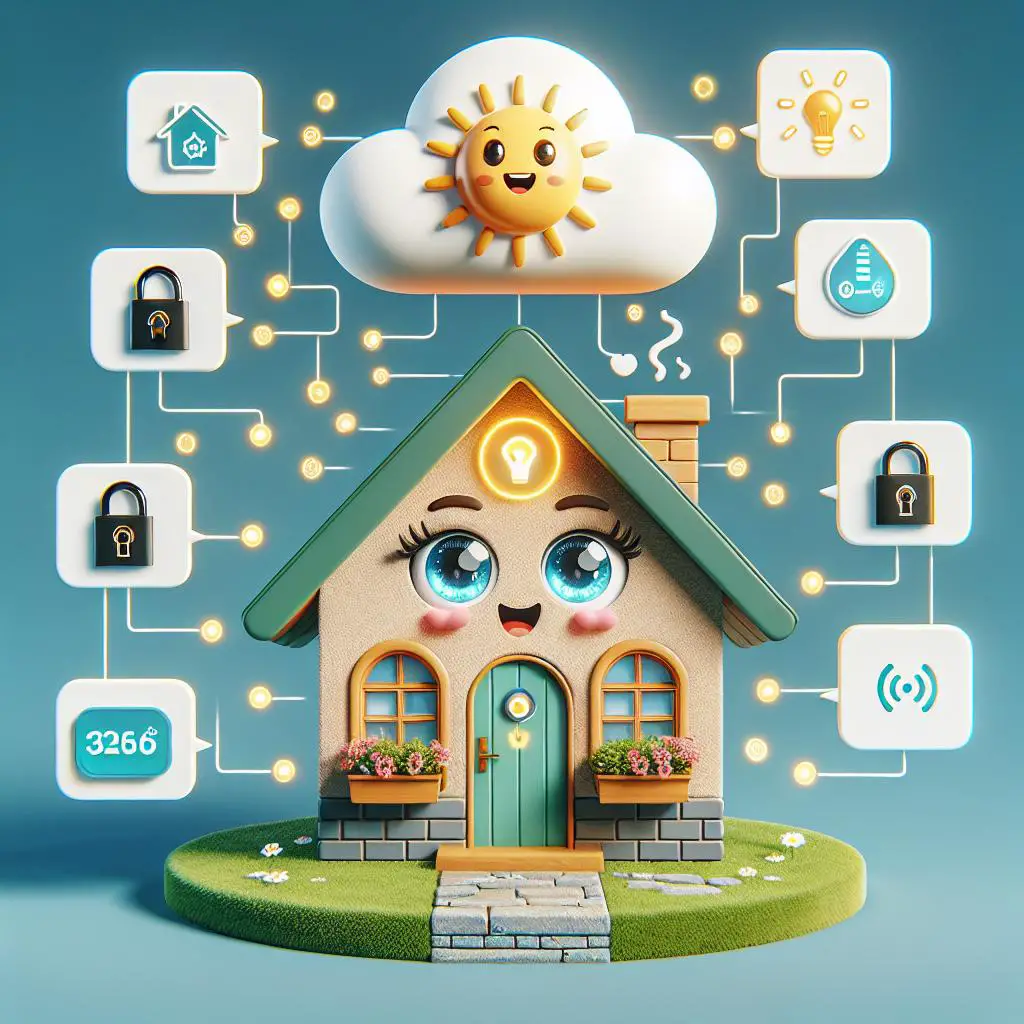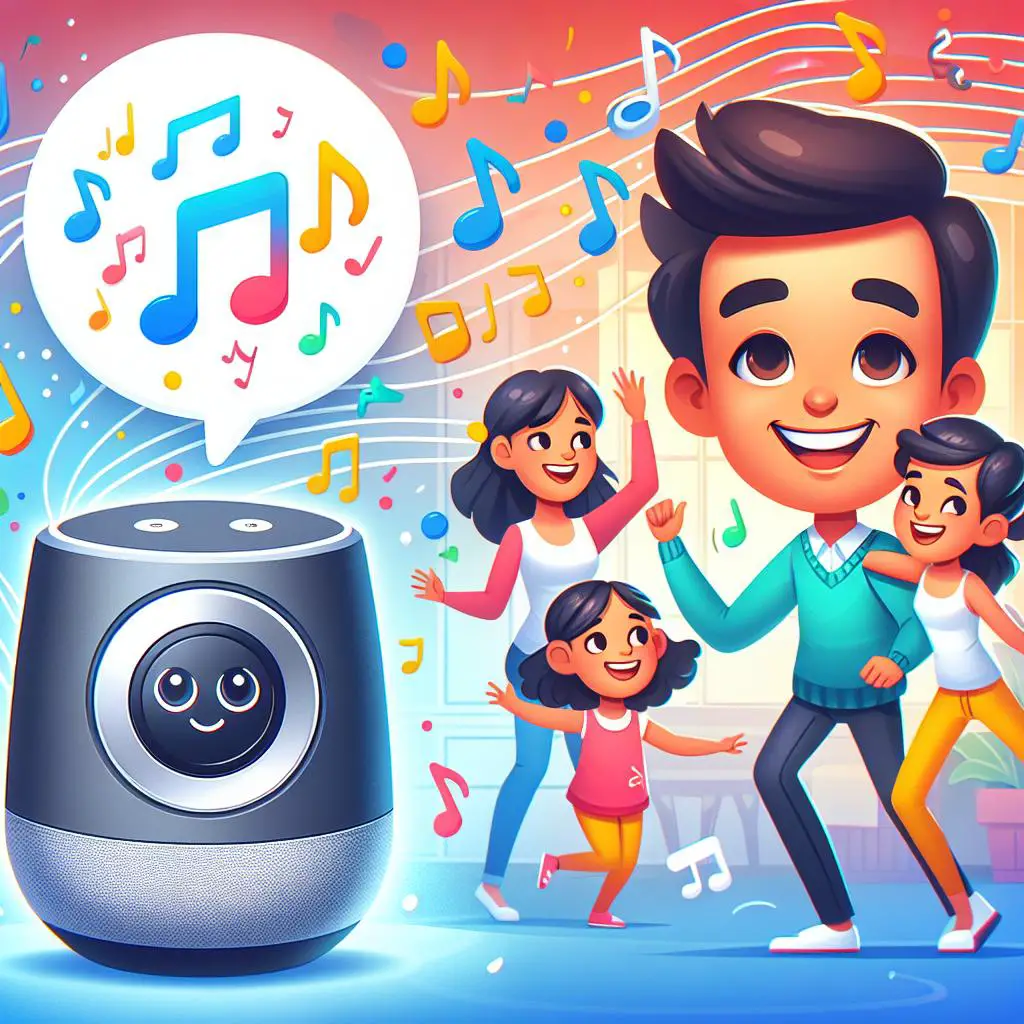Are you eager to upgrade your home with smart tech? Wondering if Z-Wave gadgets can team up with Google Home? You’re in the right place! This post will guide you through connecting Z-Wave devices with Google Home and getting them up and running.
What is Z-Wave?
Z-Wave is like a magical language that lets your home gadgets talk to each other wirelessly. Imagine turning on lights, adjusting the thermostat, or setting alarms with just a tap on your phone. Z-Wave does all this using low-energy radio waves, so it’s not a power hog. It’s super smart because it creates a network where all your devices can chat securely, making your home smarter. You can control everything no matter where you are in the world. And the best part? Z-Wave is super reliable, so you can say goodbye to annoying glitches or dropped connections.
What is Google Home?
Google Home is like your personal helper from Google that listens to your voice to manage smart gadgets around your house. It’s super friendly with lots of devices, from lights to blinds, and even your security setup. What’s cool is it knows who’s talking to it and chats back just like a human. It’s a breeze to use and hooks up with other devices over Wi-Fi. With Google Home, running your home becomes a piece of cake, no matter where you are.
Can I Use Z-Wave with Google Home?
Absolutely! You can pair your Z-Wave gadgets with Google Home, though not straight out of the box. Google Home alone can’t manage Z-Wave devices since it lacks the necessary built-in tech. But, don’t worry! You can still dive into the world of voice-controlled convenience. The trick is to get a smart hub that plays nice with both Google Home and Z-Wave. Once you connect them, you’re set to command your Z-Wave devices using Google Assistant. Imagine just speaking to turn lights on or off, adjusting your home’s temperature, or even locking your doors from afar. Plus, you can craft voice commands for more complex actions, like setting up a security system or automating daily tasks, making your smart home not just cooler, but also more secure. It’s a fantastic way to streamline and safeguard your gadget ecosystem with ease.
Using Z-Wave with Google Home
Did you know your Google Home can’t directly chat with Z-Wave devices? But don’t worry, there’s a cool workaround! All you need is a Z-Wave hub that plays well with Google Home. This hub acts like a bridge, connecting your Google Home with all your Z-Wave gadgets. Once they’re connected, you can boss around your lights, thermostat, and other smart home devices using just your voice through Google Assistant. Imagine turning off lights or adjusting the temperature without lifting a finger! If you’re all about making your home smarter in a secure and efficient way, pairing Z-Wave with Google Home is a fantastic option. It’s like giving your home a voice of its own!
Google Home Devices and Z-Wave
Google Home might not come with Z-Wave built in, but don’t worry, there’s a cool workaround. By teaming up with a smart hub, you can chat with your Google Assistant to manage Z-Wave gadgets. Imagine turning off lights, drawing blinds, or beefing up security with just your voice! Smart hubs are like translators, making sure Wi-Fi and Z-Wave devices understand each other for smoother operation. To dive into the world of voice-controlled Z-Wave devices, just grab a compatible hub like Hubitat, SmartThings, or HomeSeer, and you’re good to go with Google Home.
Requirements for Connecting Z-Wave with Google Home
Diving into the world of smart homes with Z-Wave and Google Home? Here’s what you need to get started! First, grab a Z-Wave compatible hub like Hubitat or SmartThings. This is your key to connecting Google Home with your Z-Wave gadgets. Next up, familiarize yourself with how your smart network operates and remember, Z-Wave’s signal stretches up to 500 feet in open space. And, don’t forget to sync your Z-Wave devices with Alexa, Google, SmartThings, or other friendly voice assistants. With these steps, you’re all set to embark on your Z-Wave journey with Google Home!
Using Google Assistant to Control Z-Wave Devices
Google Assistant just got cooler! Now, it lets you boss around your Z-Wave gadgets like lights, thermostats, and door locks with just your voice. No need to touch anything! Plus, with Google Home, you can set up custom commands that do several things at once. Imagine turning off lights, adjusting the heat, and locking up with a simple “Goodnight” command. It’s a real time-saver and super convenient for managing all your smart devices.
Benefits of Using Z-Wave with Google Home
Imagine controlling your home with just your voice, no matter where you are in the world. That’s the magic of combining Z-Wave with Google Home. Suddenly, your lights, locks, and thermostat obey your every command, even if you’re miles away. Forget to turn off a light before leaving on vacation? No problem. Want to make sure your house is warm and welcoming when you get back? Easy. And it’s not just about convenience. This setup can boost your home’s security and energy efficiency, especially when you’re away for a while. Plus, you can set up smart routines that automatically adjust your home’s settings based on the time of day or specific conditions. It’s like having a personal assistant for your home!
How to Get Started with Z-Wave and Google Home
Diving into the world of smart homes with Z-Wave and Google Home is exciting! First up, you’ll need a Z-Wave compatible hub. Think of it as the brain of your smart home. Popular options include Wink, Iris, and SmartThings. Got your hub? Great! Next, connect it to your Google Home through the Home Control menu. This is like introducing two friends so they can work together. Once they’re connected, you can boss around your Z-Wave devices just by talking to Google Assistant. Imagine saying, “Hey Google, turn on the lights” or “Hey Google, open the blinds,” and it just happens! This cool setup lets you control your home with your voice, making life easier and more futuristic.


